Sunshine and 'moonwalks' heal the Selene III crew's dying optimism — Commander's report: lunar day 11
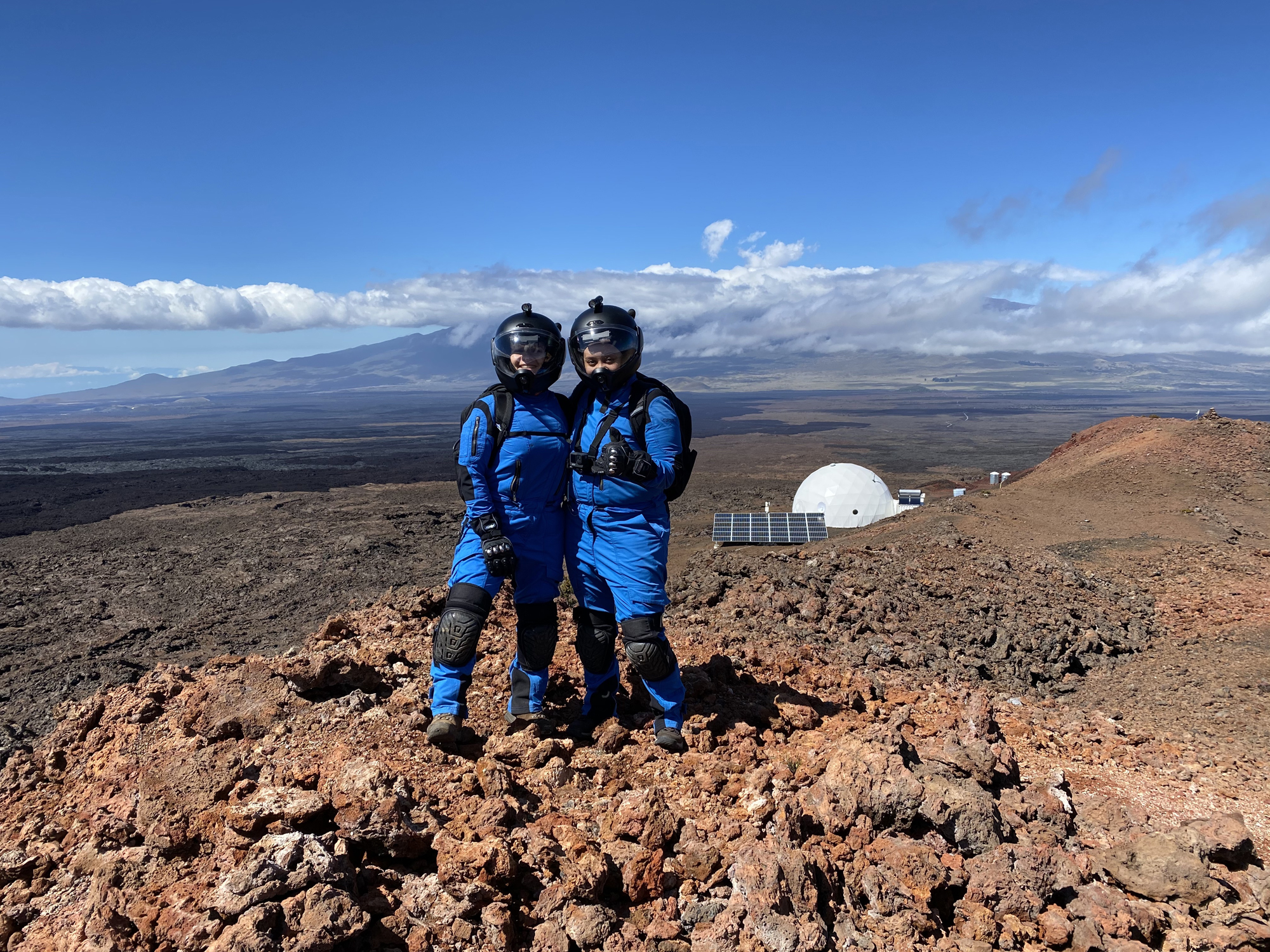
Dr. Michaela Musilova is the director of Hawaii Space Exploration Analog and Simulation (HI-SEAS) program, which conducts analog missions to the moon and Mars for scientific research at a habitat on the volcano Mauna Loa. Currently, she is in command of the two-week Selene III lunar mission and contributed this report to Space.com's Expert Voices: Op-Ed & Insights.
Commander's report for the Selene III moon mission at HI-SEAS
Lunar day 11 (March 4, 2021)
Out of nowhere, hope found its way back into our life on the moon. It started with someone observing that we can see more than a couple of feet outside the window. The scenery was no longer grey with more grey. Some features in the landscape started to show themselves for the first time in nine days. Before the sun set on the ninth day of our mission, the grey dust clouds parted and we could finally see Mons Huygens again (in other words, the rainstorms cleared in Hawaii and we could see the volcano Mauna Kea from the HI-SEAS habitat).
"Let the sunshine, let the sunshine in…" were the lyrics of a famous song that came to my mind right away. Excited and energized by the new view, I hoped that the dust storms would stay away and that the sun would shine on us again. That night we could hear winds howling around our habitat, which made me even more optimistic about the weather conditions for the next day. Part of the reason that we had been unable to leave the habitat for over nine days was that a massive dust cloud had settled right above us. It did not move at all and it wasn't likely to clear until strong winds would help blow it away.
Related: Selene III commander's report: When all hope drains away from the crew on the 'moon' — Day 8
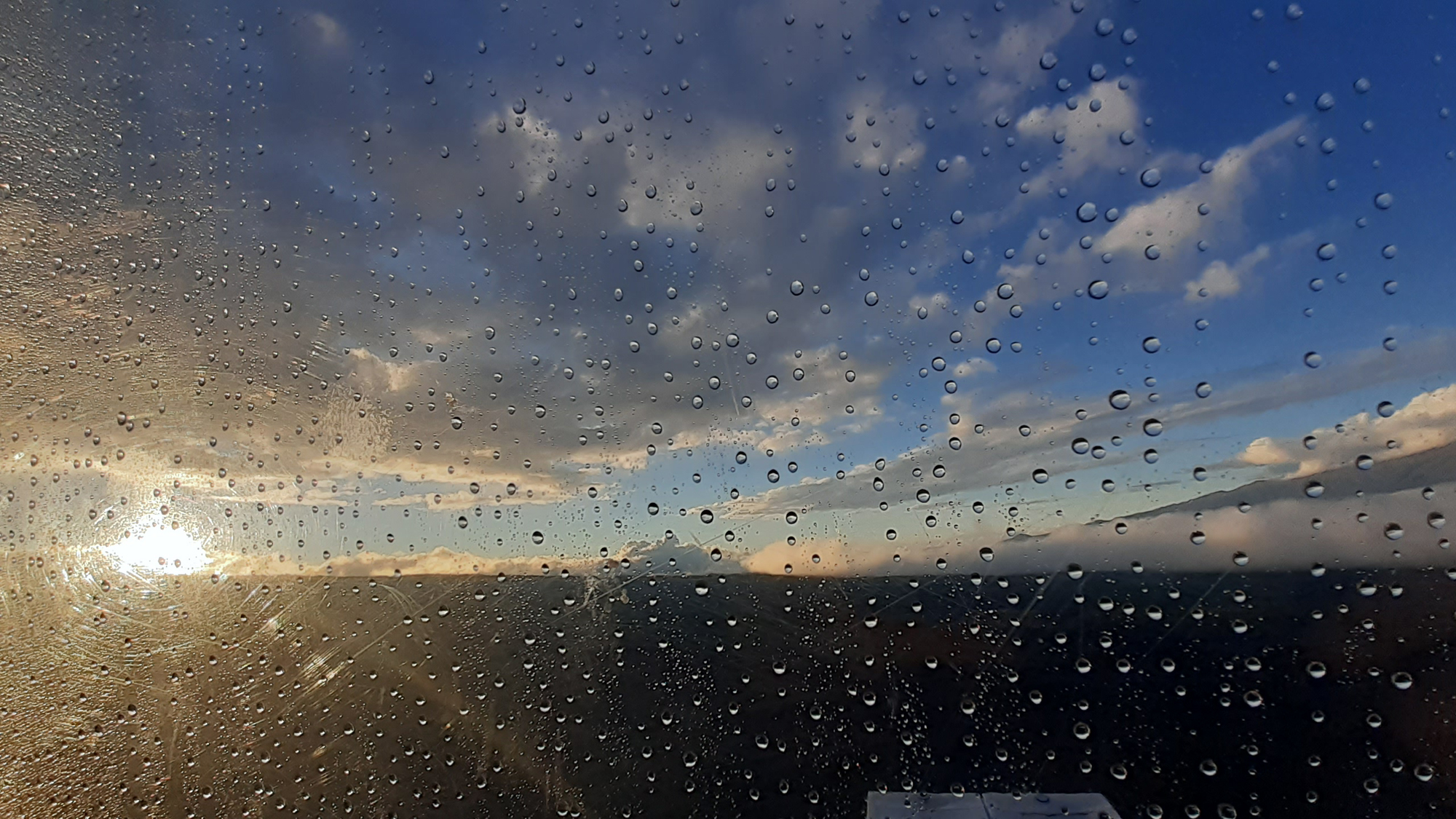
The next morning, a crewmember cautiously removed the cover on our habitat's main window with a combination of fear and optimism. We were almost blinded by the sunlight coming through at us. Amazed and surprised, we all gathered around the window to admire this alien view. My crewmembers couldn't believe that this beautiful volcanic landscape was outside our window all of this time and they could not see a thing.
Get the Space.com Newsletter
Breaking space news, the latest updates on rocket launches, skywatching events and more!
Now, it was almost difficult for me to stop them from running out of our airlock to go outside. The crew had to be patient for a few more hours while the analog spacesuits' batteries charged up again. They had been turned off during our bad weather days to preserve the habitat's power supply for our life support systems. We turned them on first thing in the morning and then we had to keep our eagerness to exit the habitat at bay until the early afternoon.
The excitement in my crewmembers was almost tangible when they started putting on their analog spacesuits. We had to redo part of the extravehicular activity (EVA) training again, since it had been over a week since I had first briefed the crew on all of the important EVA protocols and procedures. I became as excited as they were by the time we were in the airlock ready to go outside.
Even though this was probably around my 200th or more EVA in my life, I felt equally excited. I was so happy for my crewmembers that they finally got to experience their first-ever EVA, or moonwalk. That is always one of the most memorable moments of every analog space mission. We were very fortunate that the dust storms remained distant throughout the EVA. The next day, the rest of the crew experienced their first EVA, too. We always need to have at least two crewmembers in the habitat at all times, so we had to take turns to make sure everyone got to explore the analog lunar surface around us.
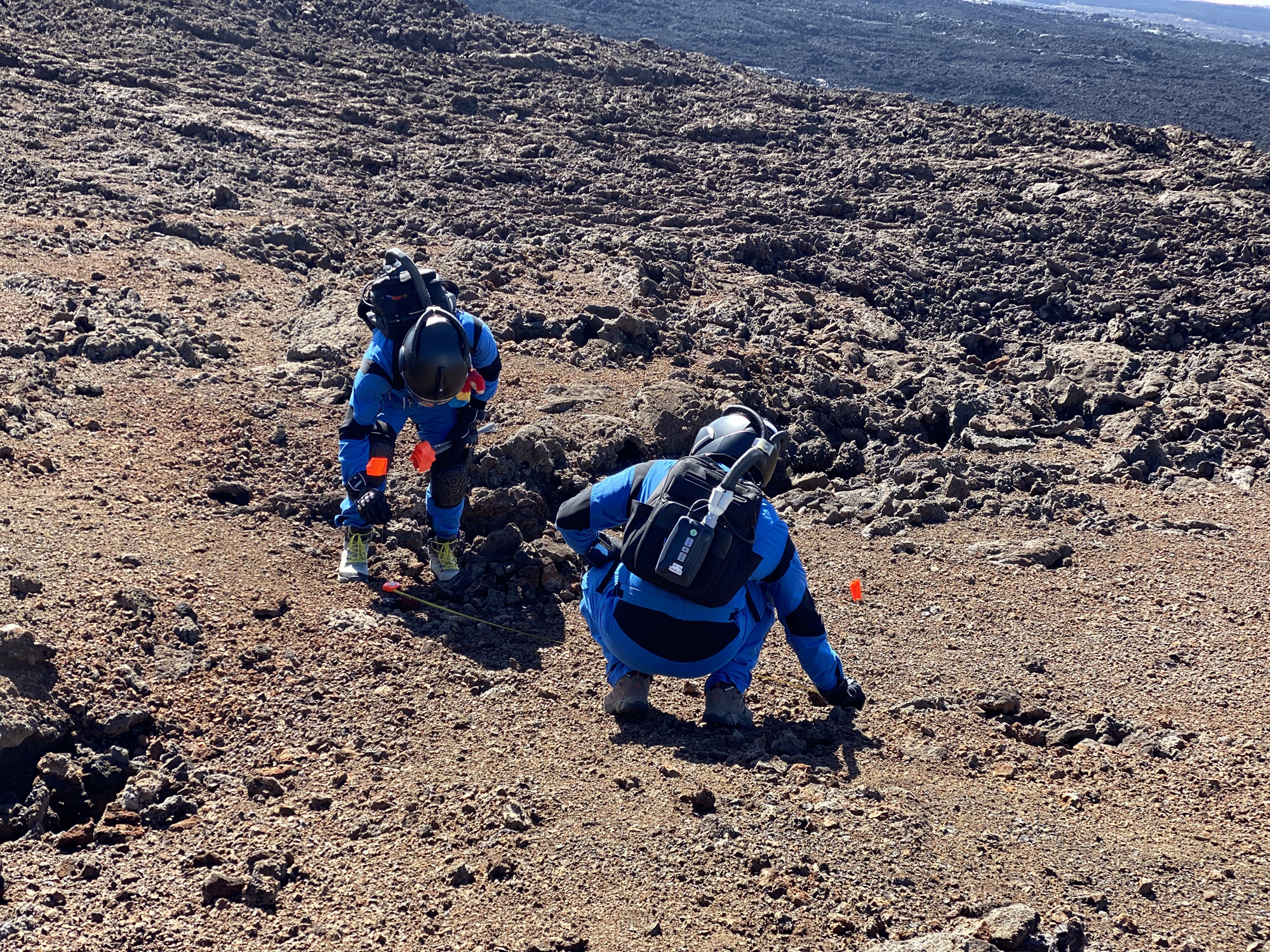
Since we were finally able to go on EVAs, Crew Engineer Oscar Ojeda was able to set up multiple grids in the terrain around the habitat to characterize different types of topography and geology in the area. Oscar also studied the kinds of obstacles that rovers may face on missions on the moon and Mars within each grid, which was 10 meters by 10 meters (32 feet by 32 feet) in area. He complemented this work with 360-degree photos and videos that he plans to use to develop training guides and materials for future crews at HI-SEAS. This includes work both in the field and within the habitat.
When performing maintenance on some of our habitat's systems, Oscar noticed that we waste a lot of water during missions when we empty the dehumidifier. A lot of moisture gets trapped inside the habitat through the crew's breathing, exercising, cooking and other activities. Every day, we end up throwing away several gallons of water that accumulates inside the dehumidifier. Oscar thus suggested that we should try to recycle this water.
I was concerned that the water may be too dirty for us to use when cooking or cleaning, so Bio-science Officer Jason Fischer decided to test just how contaminated the water was from a microbiological standpoint. To do this, he prepared petri dishes with media that different types of microbes are known to grow on. Jason then took a dehumidifier surface swab sample and a water sample as a control, before streaking both types of samples onto the plates. After a couple of days, he determined that there are probably very few microbes living in the water of the dehumidifier. However, further analyses will be needed to confirm that the water is safe for habitat uses.

Crew Bioengineer Zoe Maxwell's experiment on perchlorate and nitrate reduction using bacteria and aquaponics continued to exhibit problems. The ammonia in the system spiked and then the nitrate levels skyrocketed, indicating that the bacteria likely died within the aquaponics setup. Important lessons can be taken away from this experiment so that it can be improved during future studies. Hopefully, it will be possible to test it on more analog missions in the near future.
Science Communication Officer Brooke Edwards and Crew Operations Officer Eboni Brown decided to dedicate part of their time on the mission to an ongoing hair fertilizer experiment that we have been performing at HI-SEAS for the past couple of years. This experiment was the winning project of the team of high school students in Slovakia that won the Mission to Mars (Misia Mars) competition, which I have been organizing with the company Slovenske Elektrarne. We are currently running this competition for the third time and I can't wait to see what new projects students in Slovakia will come up with.
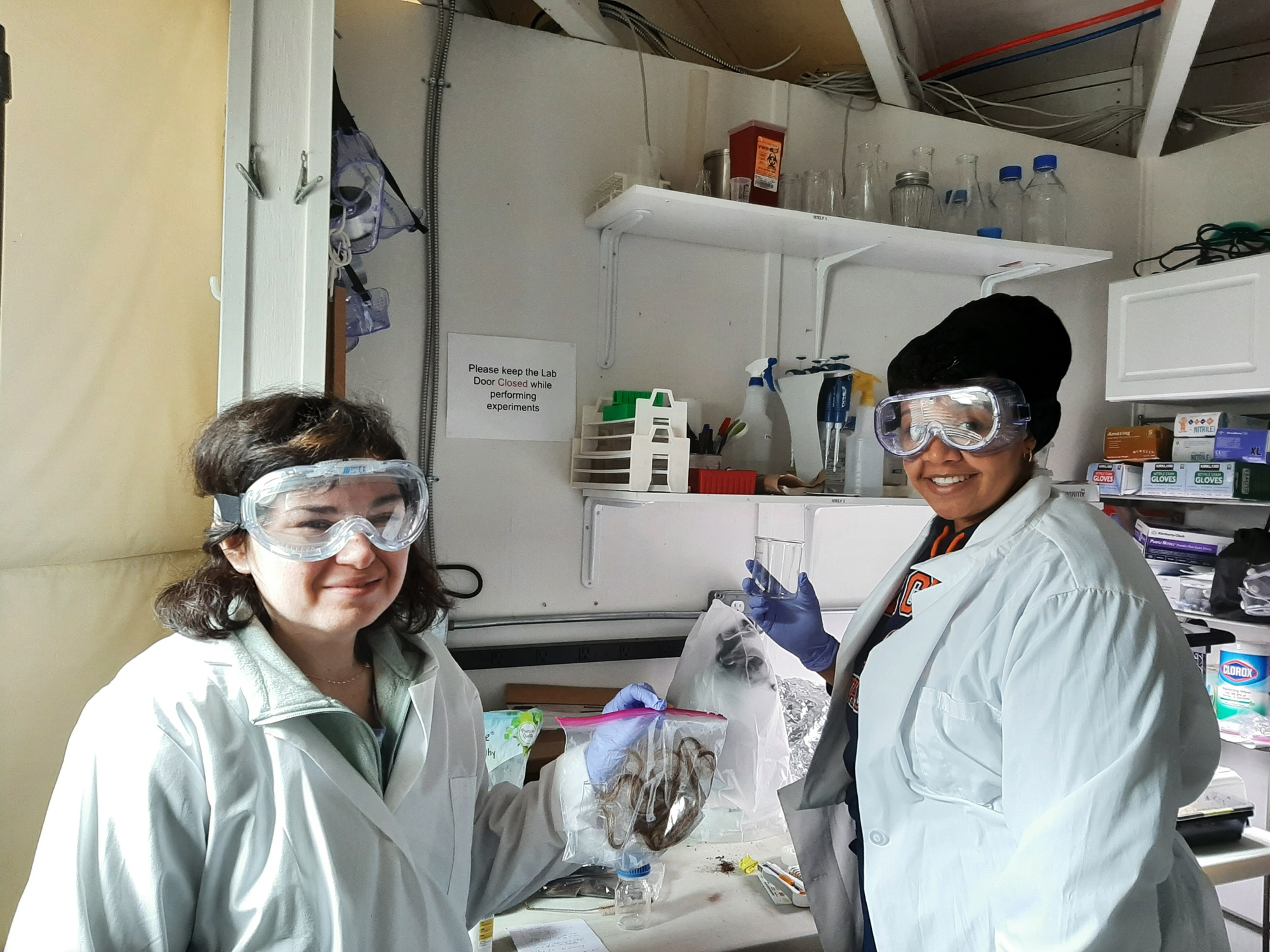
Eboni and Brooke used our stock of hair, donated by many crewmembers over the past year, to create a nutrient solution for spinach from the dissolved hair. The solution was added to spinach seeds planted in soil and no solution was added to a control batch of spinach. Five days after planting the spinach, Brooke and Eboni gently placed wet cling film over the plant pots to increase their germination rate. They also developed a guide for future crews to continue nurturing the spinach, so that we can continue this project over multiple missions.
Commander Musilova signing off hoping for more sunshine and positive energy. The crew seems to have restocked their supplies of optimism, so I'm hopeful that we'll be able to take on even more challenges on this mission, should more arise.
Follow Michaela Musilova on Twitter @astro_Michaela. Follow us on Twitter @Spacedotcom and on Facebook.
Join our Space Forums to keep talking space on the latest missions, night sky and more! And if you have a news tip, correction or comment, let us know at: community@space.com.
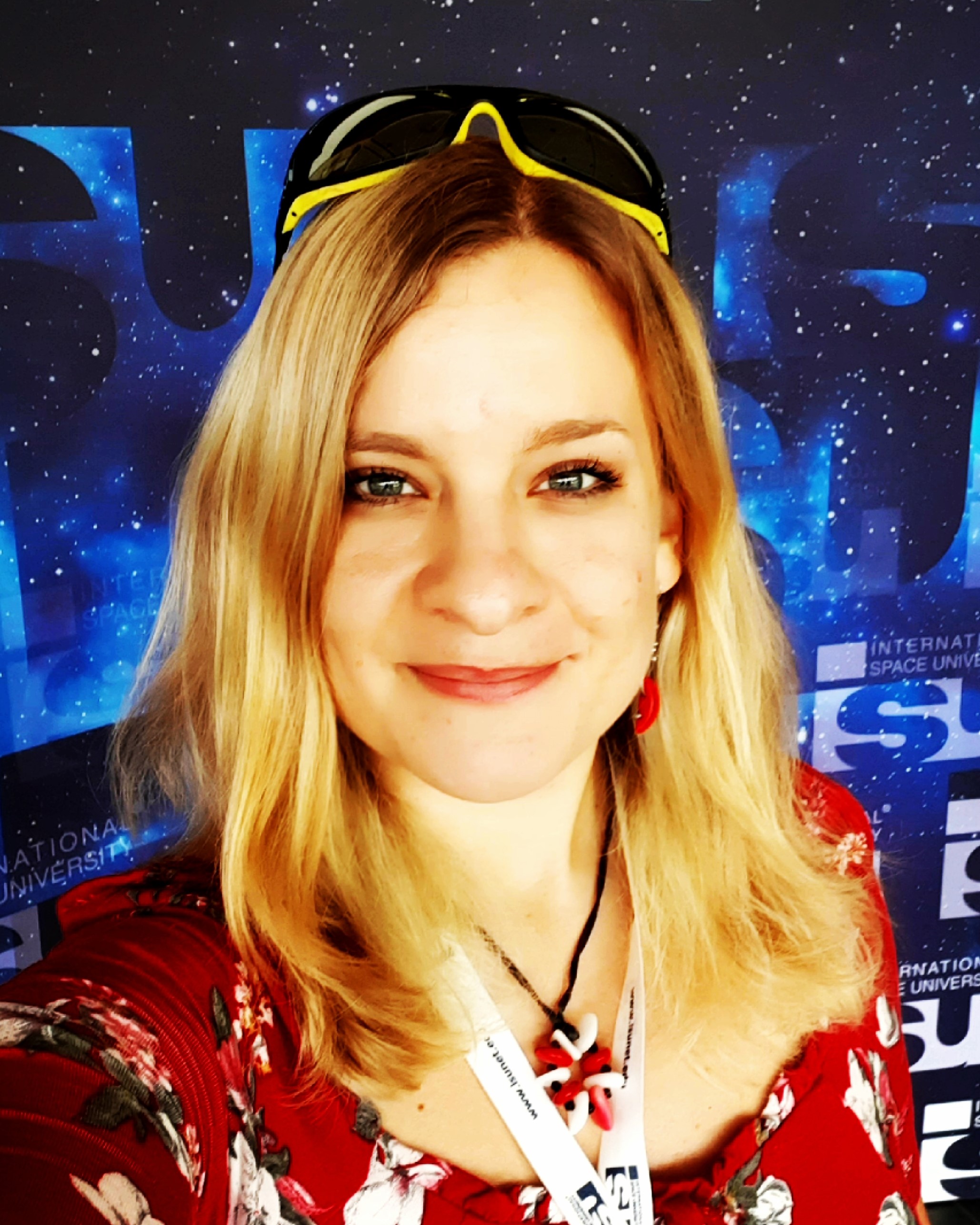
Dr. Michaela Musilova is an astrobiologist with a focus on life in extreme environments. She has a PhD degree from the University of Bristol and is a graduate from the International Space University's (ISU) Space Studies Program. Michaela's space research experience includes working at the NASA Jet Propulsion Laboratory, University of London Observatory, Canada-France-Hawaii Telescope, on NASA's and the U.K. Space Agency's MoonLite project, being an analogue astronaut and Commander of numerous simulated missions to the moon and Mars at the HI-SEAS station in Hawaii, and at the Mars Desert Research Station in Utah. Michaela is currently the Director of HI-SEAS, as part of the International MoonBase Alliance. She is also a visiting Professor at the Slovak University of Technology, Vice-Chair of the Slovak Organisation for Space Activities, Adjunct Faculty at ISU and the Senior Research Adviser for Mission Control Space Services Inc.
She has received numerous prizes and grants, including the Emerging Space Leaders Grant from the International Astronautical Federation (2016) and the Women in Aerospace – Europe Young Professional Award (2016), and she was selected as one of the most promising 30 under 30 by Forbes Slovakia (2015). Michaela is also actively involved in the Duke of Edinburgh's International Award, as a patron of the program in Slovakia and an Emerging Leader Representative for Europe, Mediterranean and Arab states. Furthermore, she enjoys participating in STEAM outreach activities from teaching at schools, giving public presentations, to working with the media and more, as well as encouraging people to pursue their dreams. For instance, she is an Advisory Board Member of the STEM Punks immersive programs for students and teachers.









